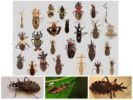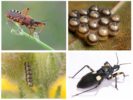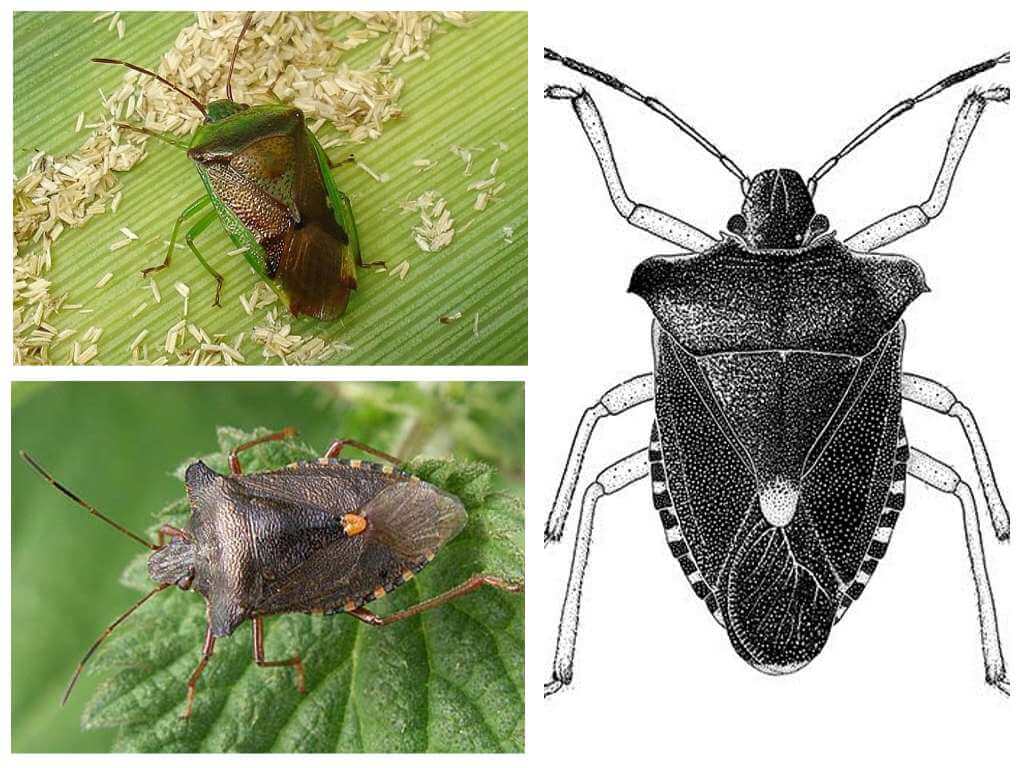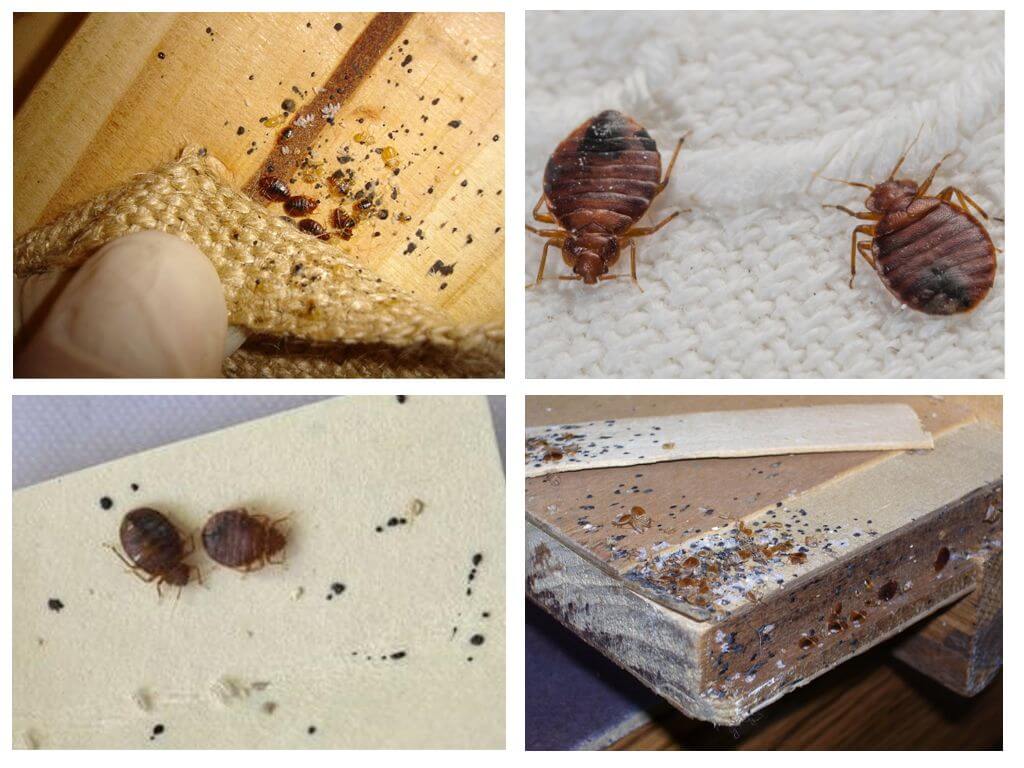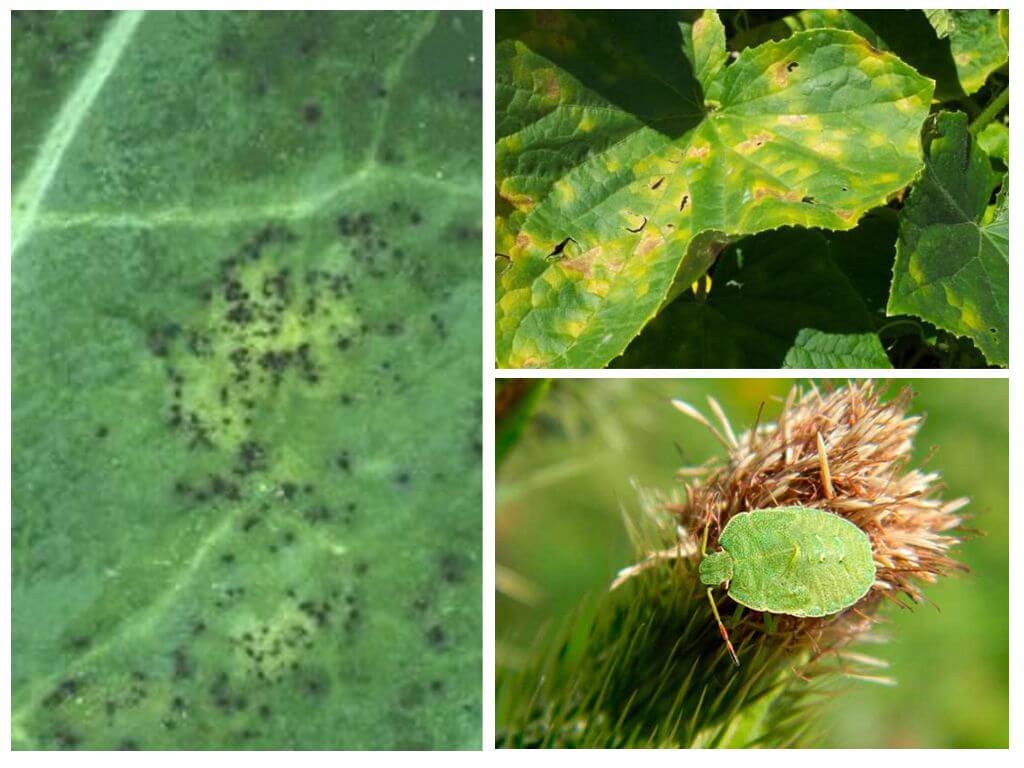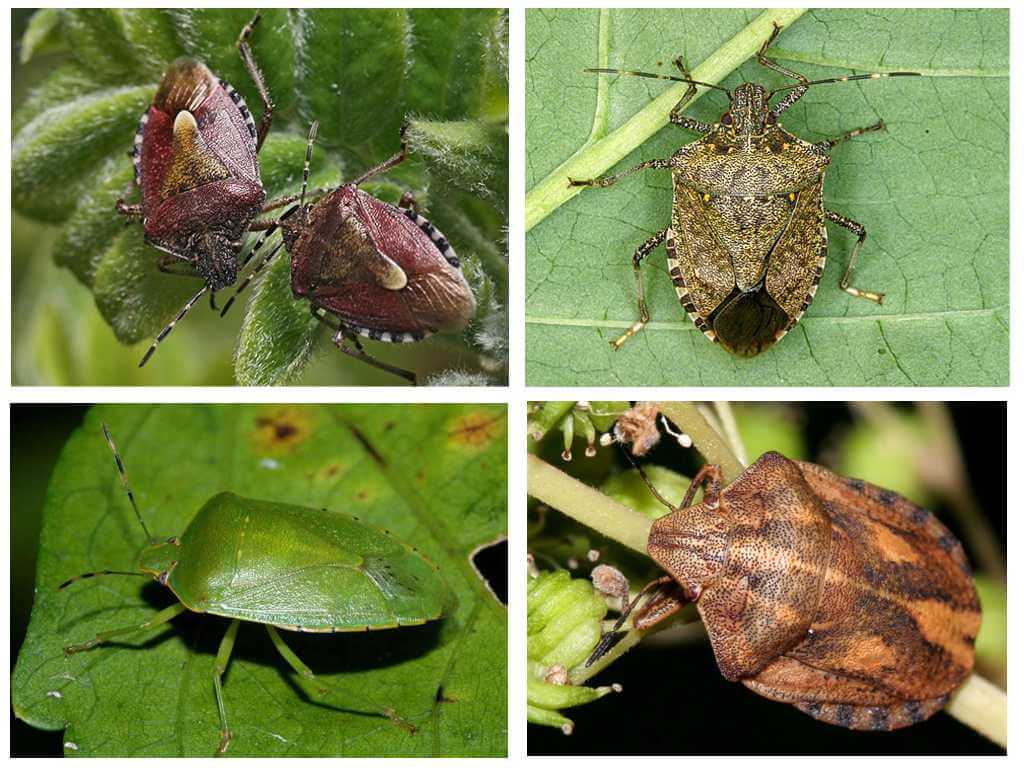- Bed bugs predators
- Bedbug predator
The bedbug predator is a representative of a large family of suborder of the paraffin. Most of these insects are predators, hence their name. Some eat insects and their larvae, but there are parasites that drink human blood and warm-blooded animals. As a result, they are considered a transitional option from predators to bloodsuckers. Deadly danger to humans triatom bugscommon in Latin America.
Predators are distributed almost everywhere, especially many of them live in the camps of Europe, North America and Africa. In total, in nature there are about 7000 species of such insects, in the territory of the former Soviet Union - a little less than a hundred.
How do they look
Compared to other species, predators are quite large, some of them can reach up to 20 mm. They have a very diverse color: bright and motley colors prevail among bugs of tropical species, representatives of the middle band are painted in black or brown-brown tones. In case of danger, predators are able to change color, acquiring a grayish-woody color.
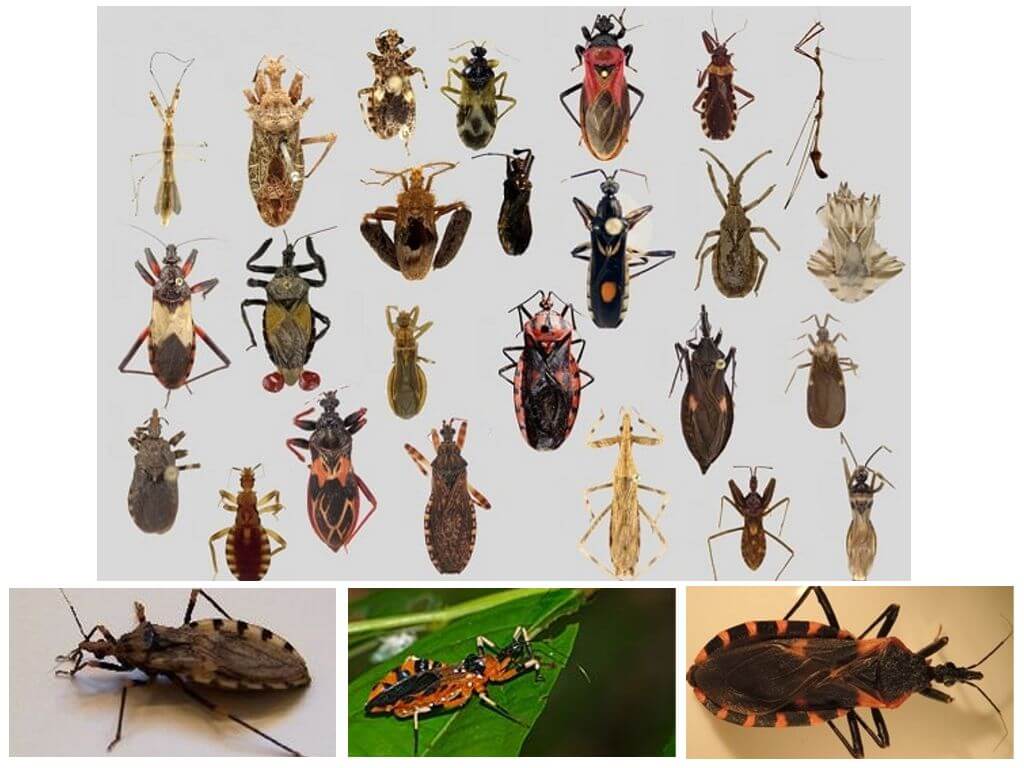
Despite their long hind legs, such bugs move very slowly. Many predators have well-developed wings on the abdomen, but there are also wingless representatives in this family. On the elongated and narrow shape of the head there are convex eyes, 4-segmented antennae and an awl-shaped bent proboscis. The upper jaw of such an oral apparatus serves to puncture the skin of the victim, while the lower part, using special bristles, sucks the blood. Below are the predator bugs in the photo.
On a note!
The predator, like most predatory bugs, does not emit a specific smell. A terrible insect does not need such a fragrance, since it itself goes into attack.
Lifestyle & Habitat
Predators hunt mainly at night, using spider "hunting" techniques. Insects are able to sit motionless in ambush for a long time, waiting for their prey. With her approach, the predator picks up the moment and makes a sharp jerk, plunging his proboscis into the body of the victim. During the bite, the bug injects a poisonous substance, which causes paralysis of the victim and liquefaction of his tissues and organs. During the repeated puncture, the predator proboscis absorbs the obtained contents with a proboscis. Larvae are especially bloodthirsty.
Predators live in a variety of conditions: on trees and in grass, under stones and on the ground. They can also live in bird nests and animal burrows. Some types of bugs (synanthropes) can be found even in home buildings and warehouses.
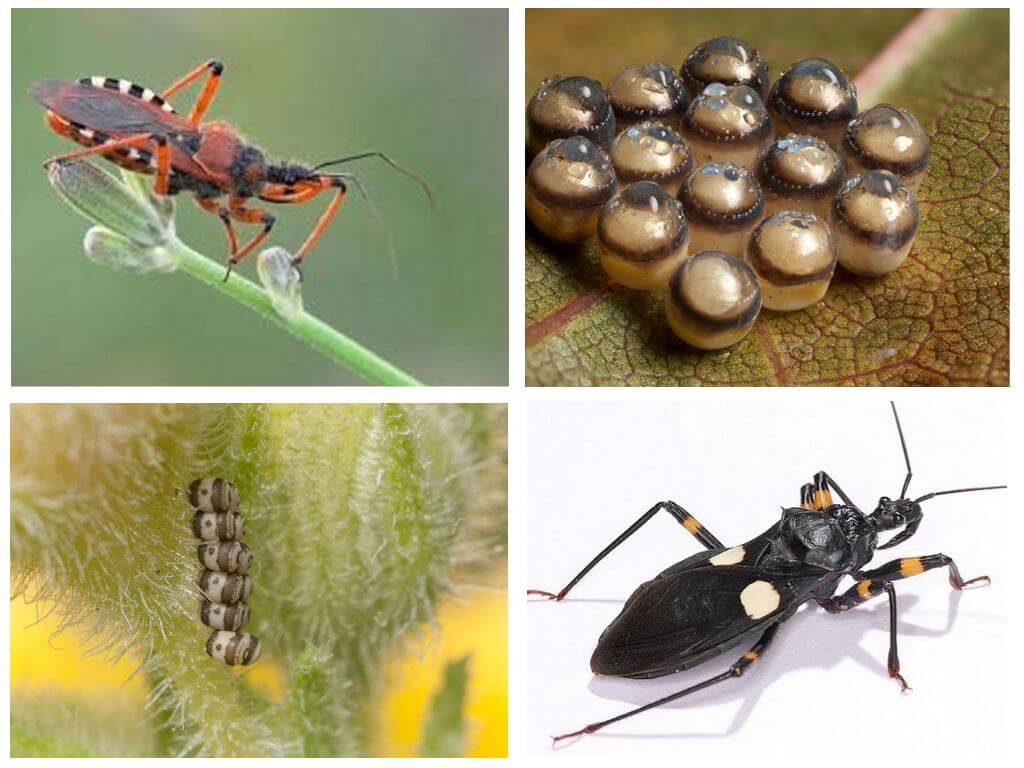
Breeding
The bug predator propagates quickly enough. The female lays about two dozen eggs, which are firmly glued to plants. After 2 months, completely pink larvae appear from them. Over time, the body surface of the newly born offspring darkens, only the abdomen remains pink. And only after the first molt does it acquire a black-violet color. Larvae become sexually mature individuals after six months.
Interesting!
An amazing ability to disguise possess the larvae of a dirty predator. They are specially covered with dust and litter, as a result of which they become like clods of dirt.
